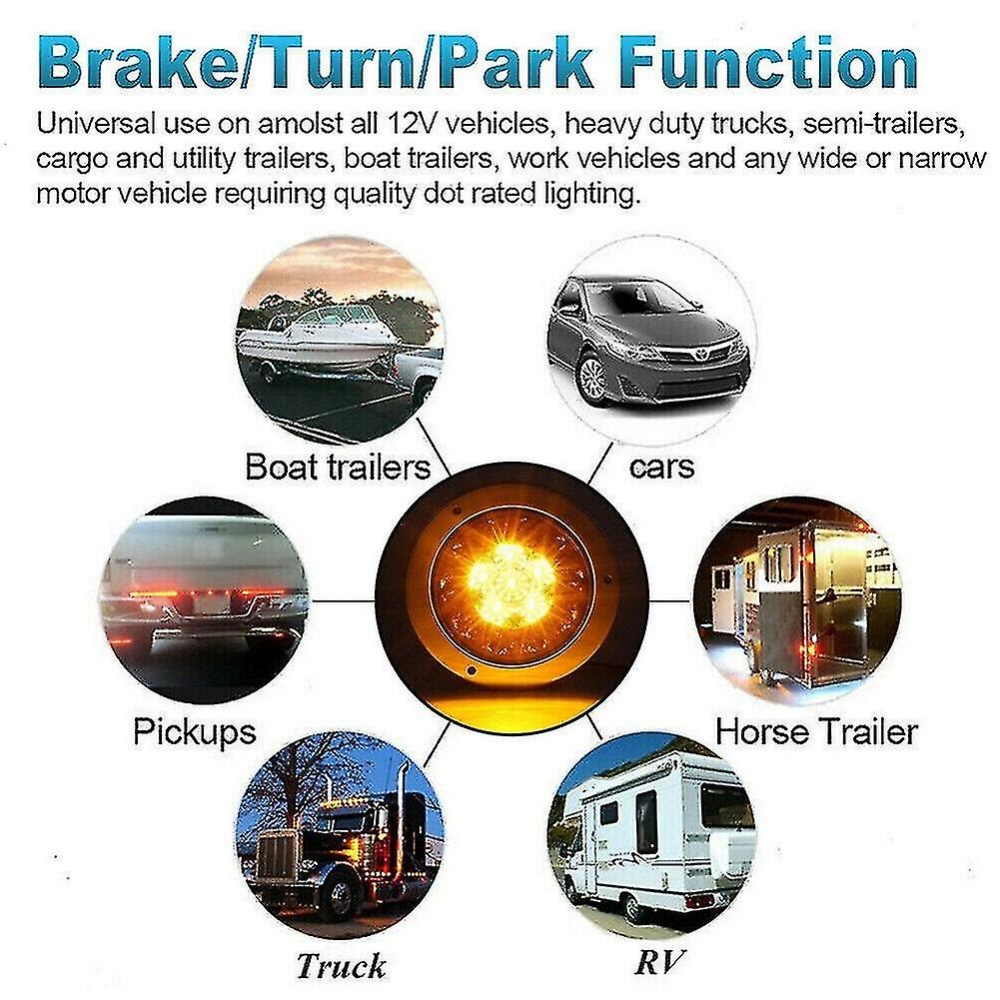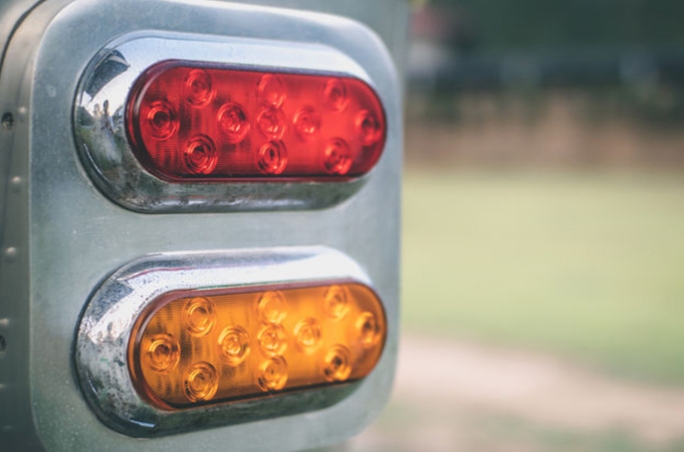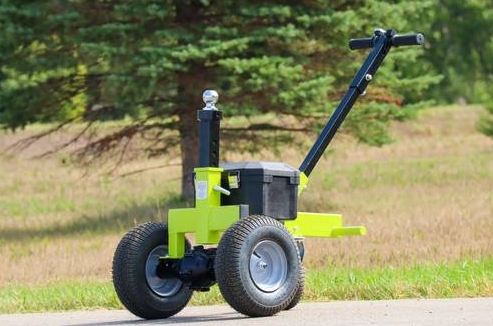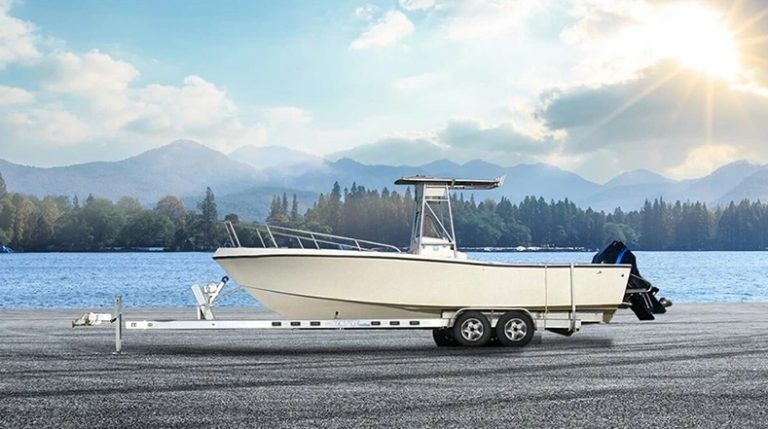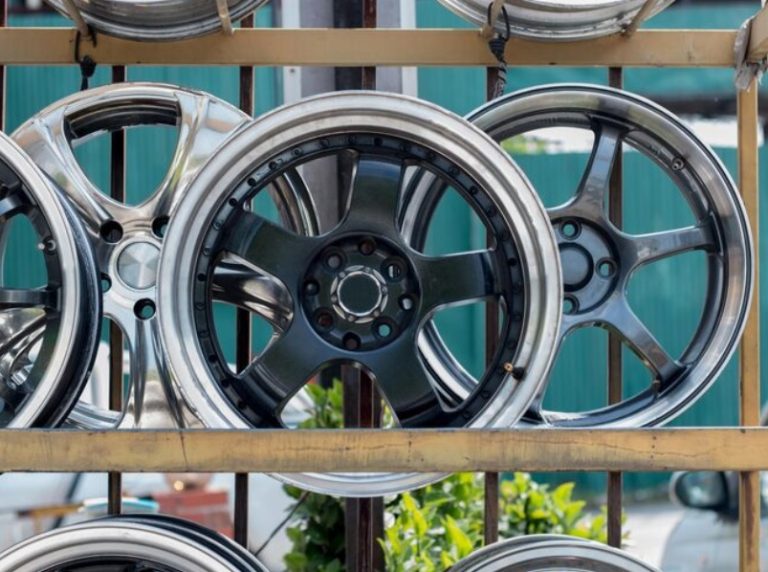Trailer lights are an essential component for safe and legal towing. Whether you are hauling a boat, camper, or any other type of trailer, understanding how to operate and use trailer lights is crucial. In this blog post, we will provide a beginner’s guide to operating trailer lights, ensuring that you can tow with confidence.
1. Familiarize Yourself with Trailer Light Components:
Before starting, it is essential to understand the various components of trailer lights. These typically include tail lights, brake lights, turn signal lights, and license plate lights. Familiarize yourself with the layout and functionality of each component, ensuring you can identify and troubleshoot any issues that may arise.
2. Check the Connection:
Ensure that the trailer lights are properly connected to your vehicle. Inspect the wiring harness, making sure it is securely plugged into the corresponding connector on your vehicle. Verify that all connections are tight, and there are no loose or damaged wires.
3. Test the Lights:
Before hitting the road, it is crucial to test the trailer lights to ensure they are functioning correctly. With a helper or by using a reflective surface, check if the tail lights, brake lights, turn signals, and license plate lights are working as intended. If any lights are not functioning, troubleshoot the issue before proceeding.
4. Understanding the Light Functions:
Tail Lights: These lights illuminate the rear of the trailer, making it visible to other drivers. They should be turned on whenever your vehicle’s headlights are on.
Brake Lights: Activated when you apply the brakes, these lights signal to drivers behind you that you are slowing down or stopping. Check that they activate simultaneously with your vehicle’s brake lights.
Turn Signal Lights: These lights indicate your intention to turn or change lanes. Ensure they are synchronized with your vehicle’s turn signals, allowing other drivers to anticipate your maneuvers.
License Plate Lights: These lights illuminate your trailer’s license plate, ensuring it is visible at all times.
5. Regular Maintenance:
Proper maintenance of your trailer lights is essential for long-term functionality. Regularly inspect the lights for any signs of damage, such as loose connections, cracked lenses, or burnt bulbs. Replace any faulty components promptly to maintain optimal visibility on the road.
6. Safety Tips:
– Always double-check your trailer lights before every trip.
– Carry spare bulbs and fuses in case of emergencies.
– Keep the lights clean and free of debris to maximize visibility.
– When parking or leaving your trailer unattended, ensure the lights are turned off to prevent battery drain.
Conclusion:
Operating and using trailer lights is a fundamental aspect of safe towing. By familiarizing yourself with the components, testing the lights, and understanding their functions, you can ensure a smooth and secure towing experience. Regular maintenance and adherence to safety tips will further enhance your trailer light’s longevity and reliability.


